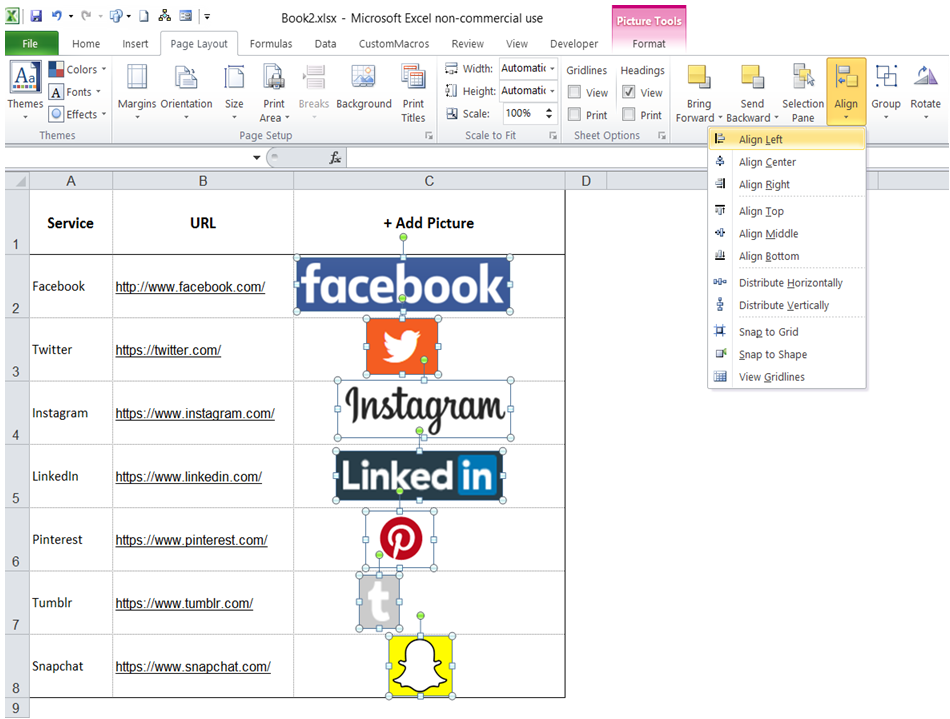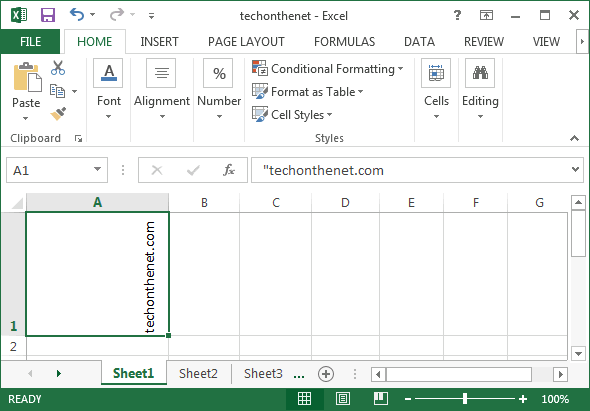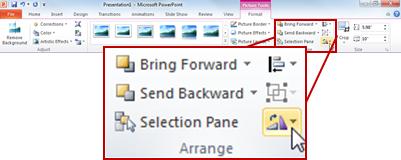
You'll see all the various options for shapes.


If you look on the Excel Ribbon at the top, you'll notice that it has changed - a Format tab has appeared. Let go of your left mouse button when it is in position:Īs you can see, the green circle is now on the left hand side. You should see an outline, like the one above. So hold your mouse down on the green circle, and drag to rotate your triangle: Hold your mouse down over one of these and drag to resize your shape, if it's not the size you want it.īut we'd like the triangle pointing the other way. The other circles (and squares) are sizing handles. The green circle (white in Excel 2013) allows you to rotate the shape.

Let go when you have a decent sized triangle. Hold down your left mouse button on your spreadsheet, and drag to create your shape.Under Basic Shapes, select the Right Triangle.On the Shapes panel, click the drop down arrow to see all the available shapes: To insert a shape on your spreadsheet, do the following.įor Excel 20 users, locate the Illustrations panel instead. (We'll show you the formula, though.) How to Draw a Shape on an Excel Spreadsheet Don't worry if you haven't a clue about Cosines - it's not important for this lesson. We'll now show you how to produce a spreadsheet like the one above.
/excel-2013-wrap-text-composite-56a8f8643df78cf772a255d4.jpg)
However, add a few shapes, along with some colour, and it becomes clearer what the data is for (the Cosine in the image below has been formatted to 2 decimal places): Unless you know about Cosines, Adjacent angles, and Hypotenuse, the data below will be a bit bewildering: In this lesson, you'll see how to add simple shapes, and textboxes to your spreadsheet.įirst, look at the spreadsheet below. Some good line art, or even simple shapes, can help illustrate your data. Insert Drawing Objects into an Excel SpreadsheetsĪ drawing can liven up a dull spreadsheet.


 0 kommentar(er)
0 kommentar(er)
